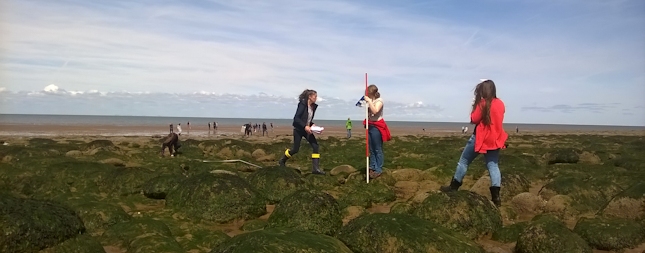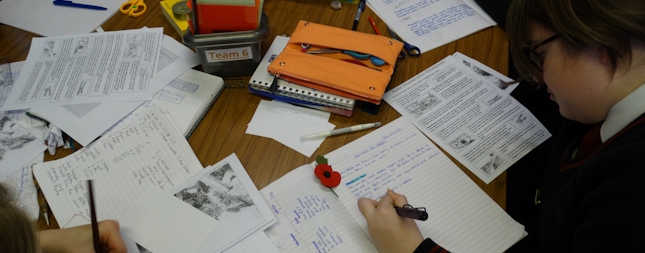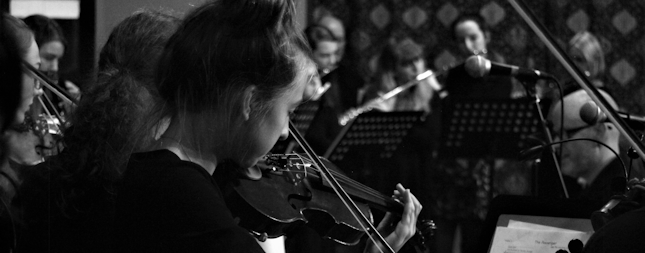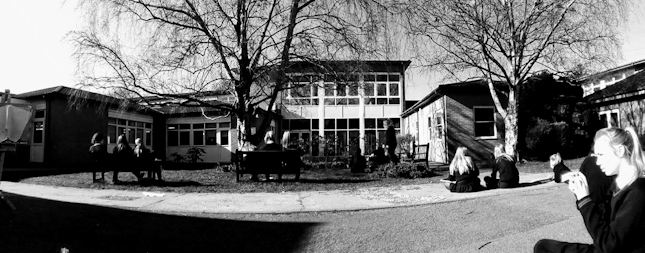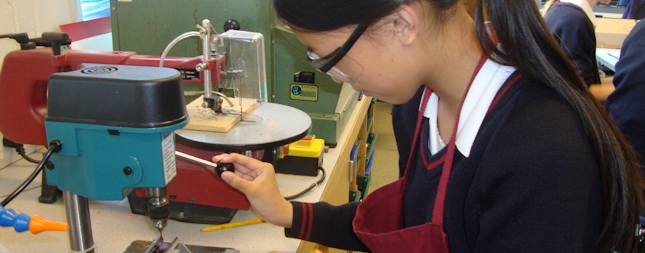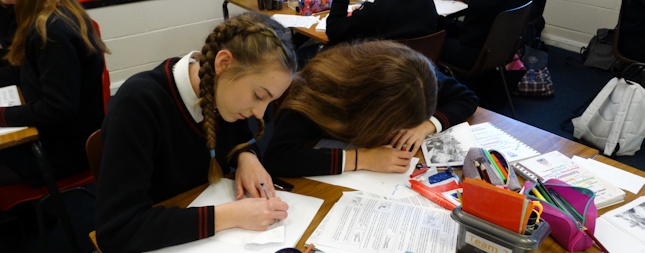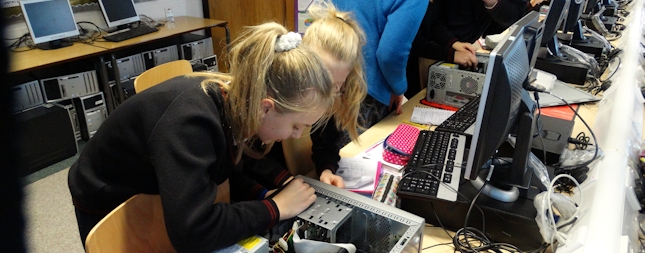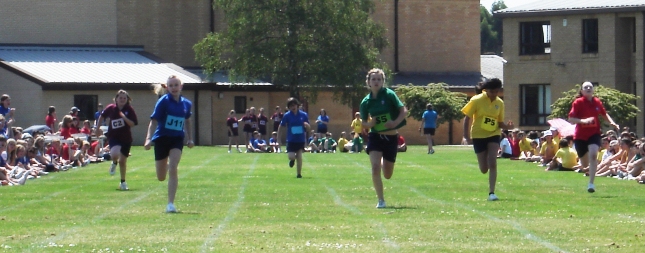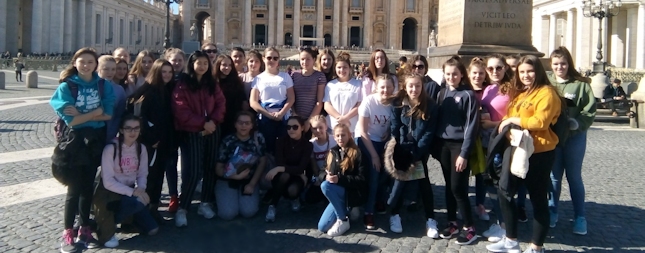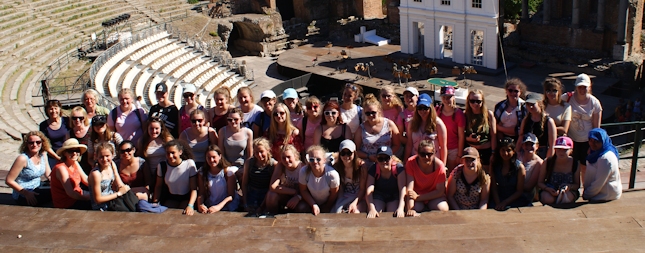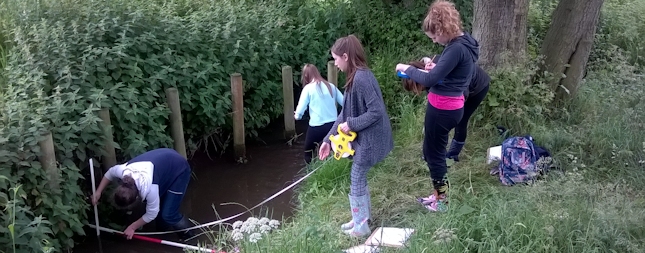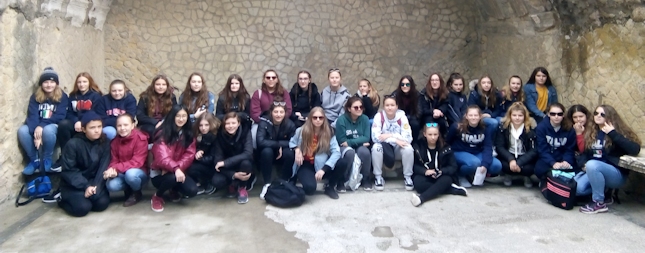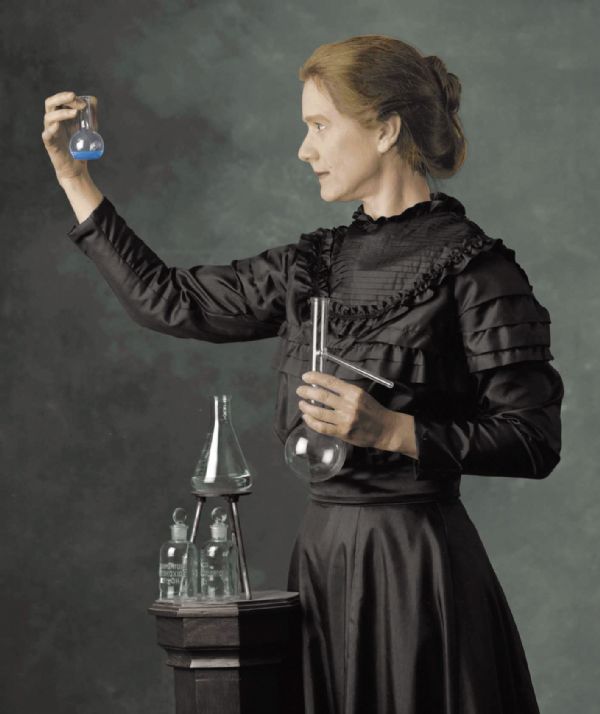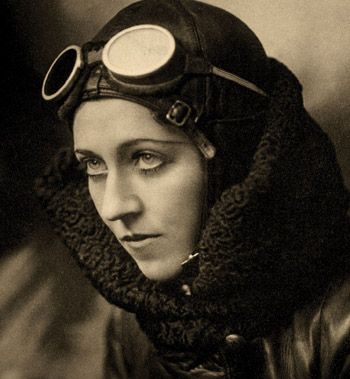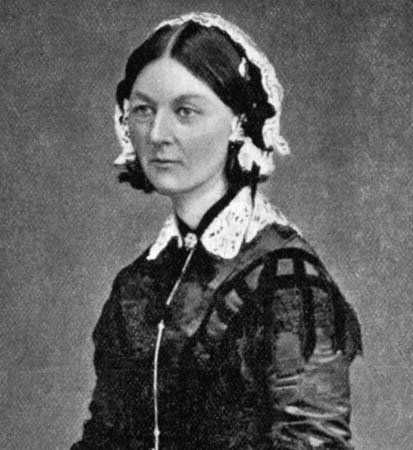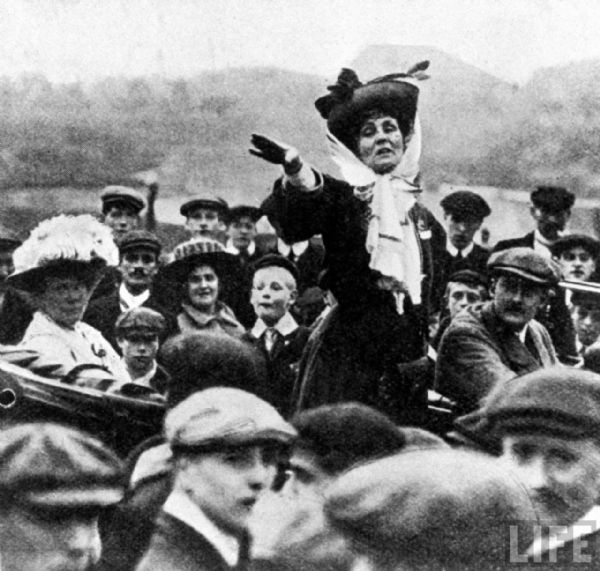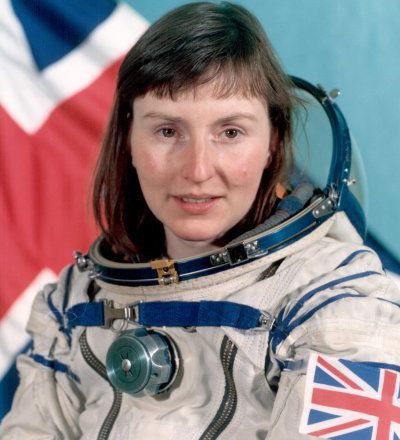House System
When they enter the school, pupils are allocated to one of the five houses. All members of one form are placed in the same house. The houses are named after five influential and high achieving women who have succeeded in areas traditionally dominated by men (Marie Curie, Amy Johnson, Florence Nightingale, Emily Pankhurst, Helen Sharman).
Competitions in areas such as music, drama and sport are held on an inter-form basis and ‘excellents’, awarded for good work and effort, are also totalled for each house and on an individual basis, leading to bronze, silver and gold awards.
Marie Curie
|
Marie Sklodowska Curie (7 November 1867 – 4 July 1934) was a physicist and chemist of Polish upbringing and subsequent French citizenship. She was a pioneer in the field of radioactivity and the first person honored with two Nobel Prizes in physics and chemistry. She was also the first woman professor at the University of Paris.Her achievements include the creation of a theory of radioactivity, techniques for isolating radioactive isotopes, and the discovery of two new elements, polonium and radium. Under her direction, the world's first studies were conducted into the treatment of neoplasms (cancers) using radioactive isotopes. Sixty years later, in 1995, in honor of their achievements, the remains of both were transferred to the Paris Panthéon. She became the first - and so far only - woman to be honored in this way. |
Amy Johnson
|
Amy Johnson CBE, (1 July 1903 – 5 January 1941) was a pioneering English aviatrix. She was introduced to flying as a hobby, gaining a pilot's A Licence on 6 July 1929 at the London Aeroplane Club. In that same year, she became the first British woman to obtain a ground engineer's 'C' licence. |
|
Florence Nightingale
|
Florence Nightingale, OM, RRC (12 May 1820 – 13 August 1910) was an English nurse, writer and statistician. She came to prominence during the Crimean War for her pioneering work in nursing, and was dubbed "The Lady with the Lamp" after her habit of making rounds at night to tend injured soldiers. Nightingale laid the foundation of professional nursing with the establishment, in 1860, of her nursing school at St Thomas's Hospital in London, the first secular nursing school in the world.
|
|
Emmeline Pankhurst
|
Emmeline Pankhurst (15 July 1858 – 14 June 1928) was an English political activist and leader of the British suffragette movement, which helped women win the right to vote. |
Helen Sharman
|
Helen Patricia Sharman, OBE (born 30 May 1963), is a British chemist. She was the first Briton in space, visiting the Mir space station aboard Soyuz TM-12 in 1991. |
House |
Curie |
Johnson |
Nightingale |
Pankhurst |
Sharman |
Head of House |
|||||
House Colour |
Purple | Blue | Red | Yellow | Green |
House Staff |
All C Form Staff, plus
|
All J form staff, plus
|
All N form staff, plus
|
All P form staff, plus
|
All S form staff, plus
|
